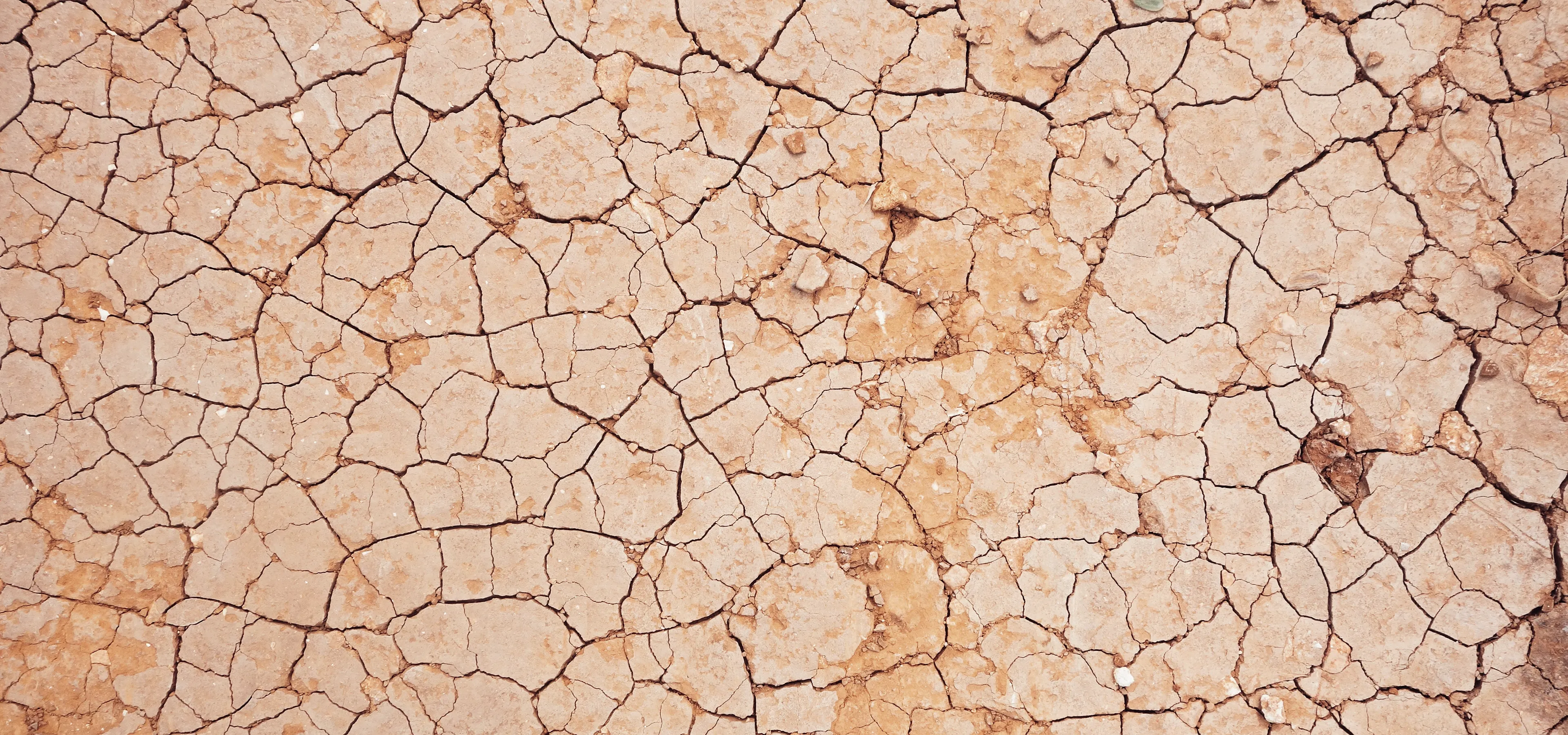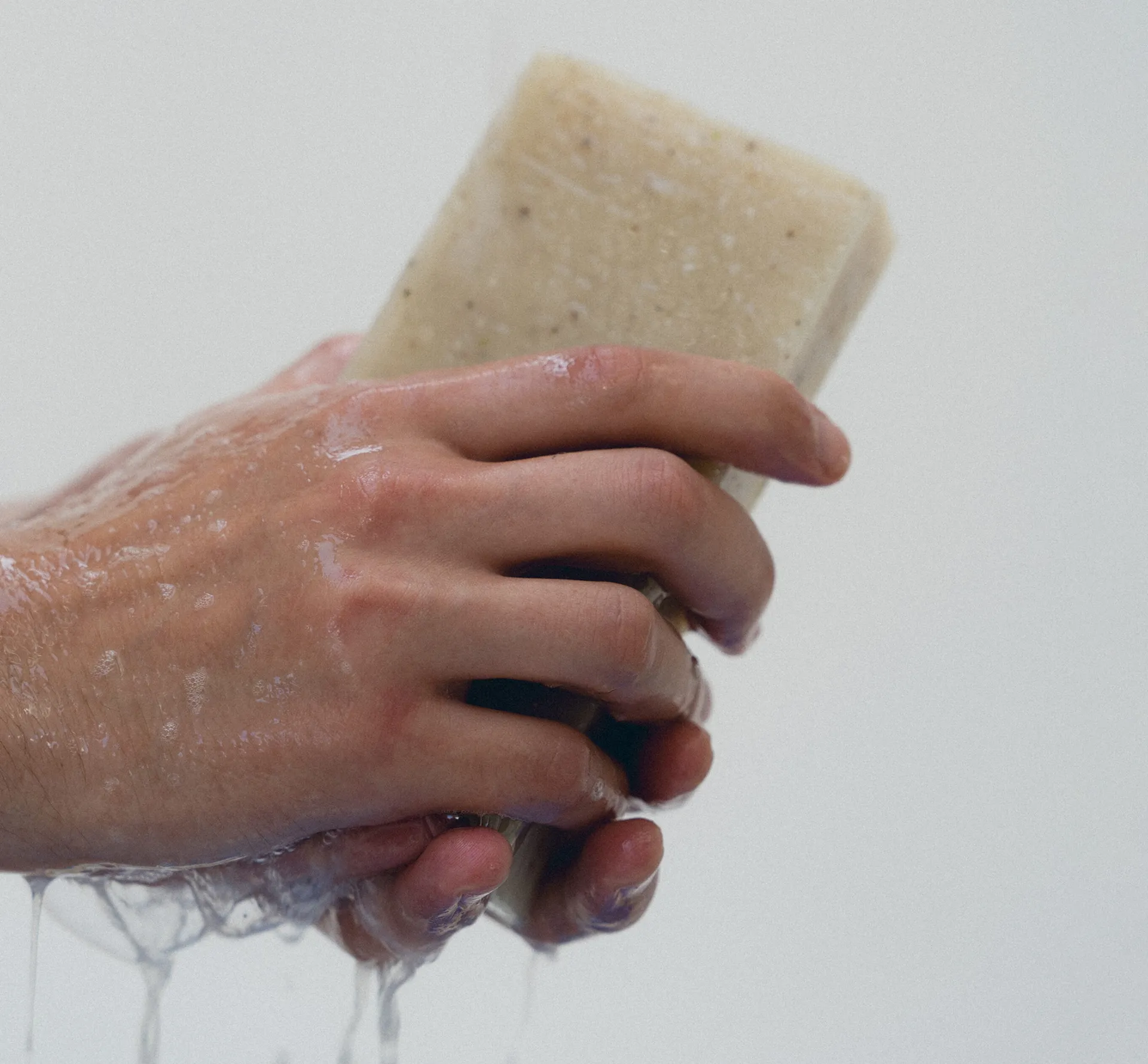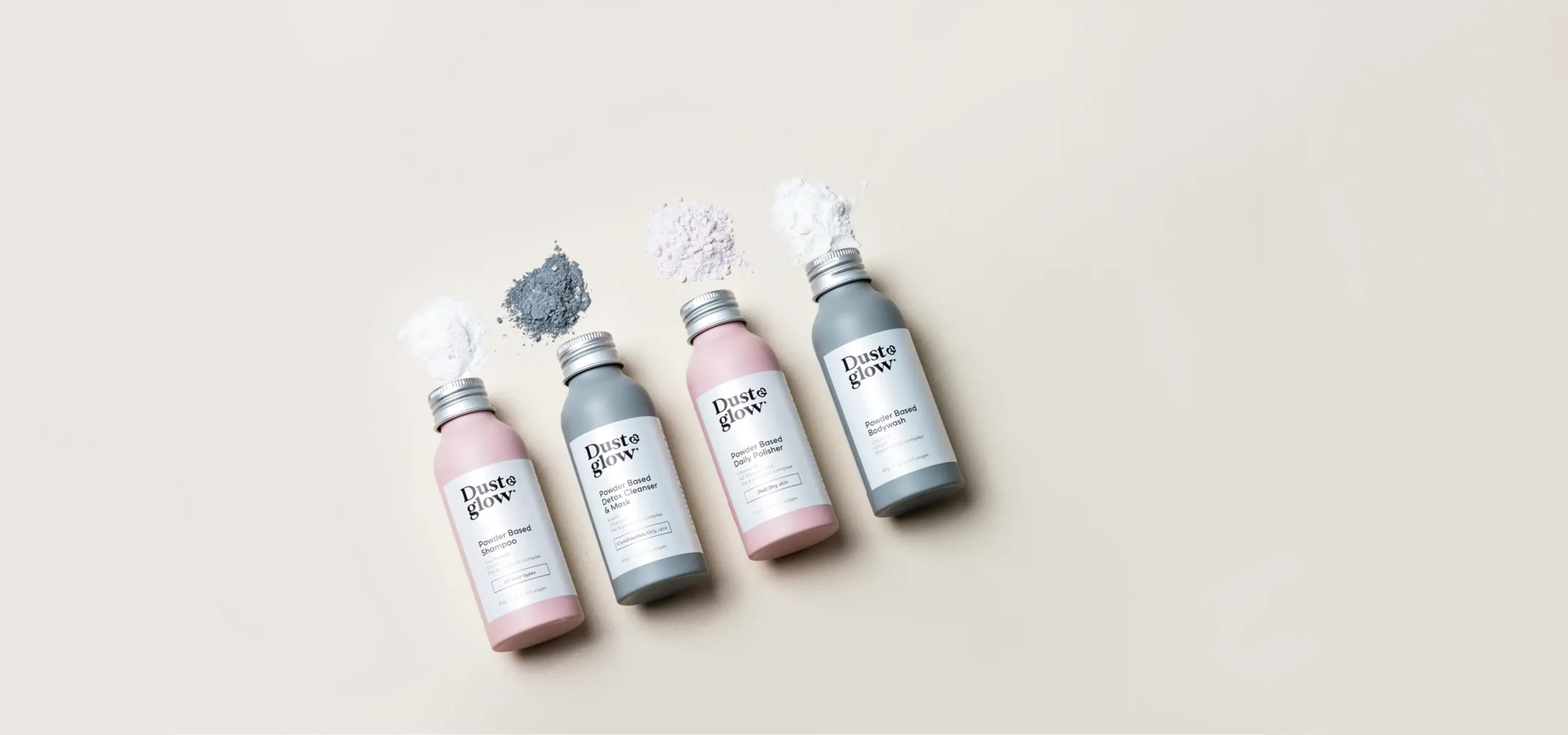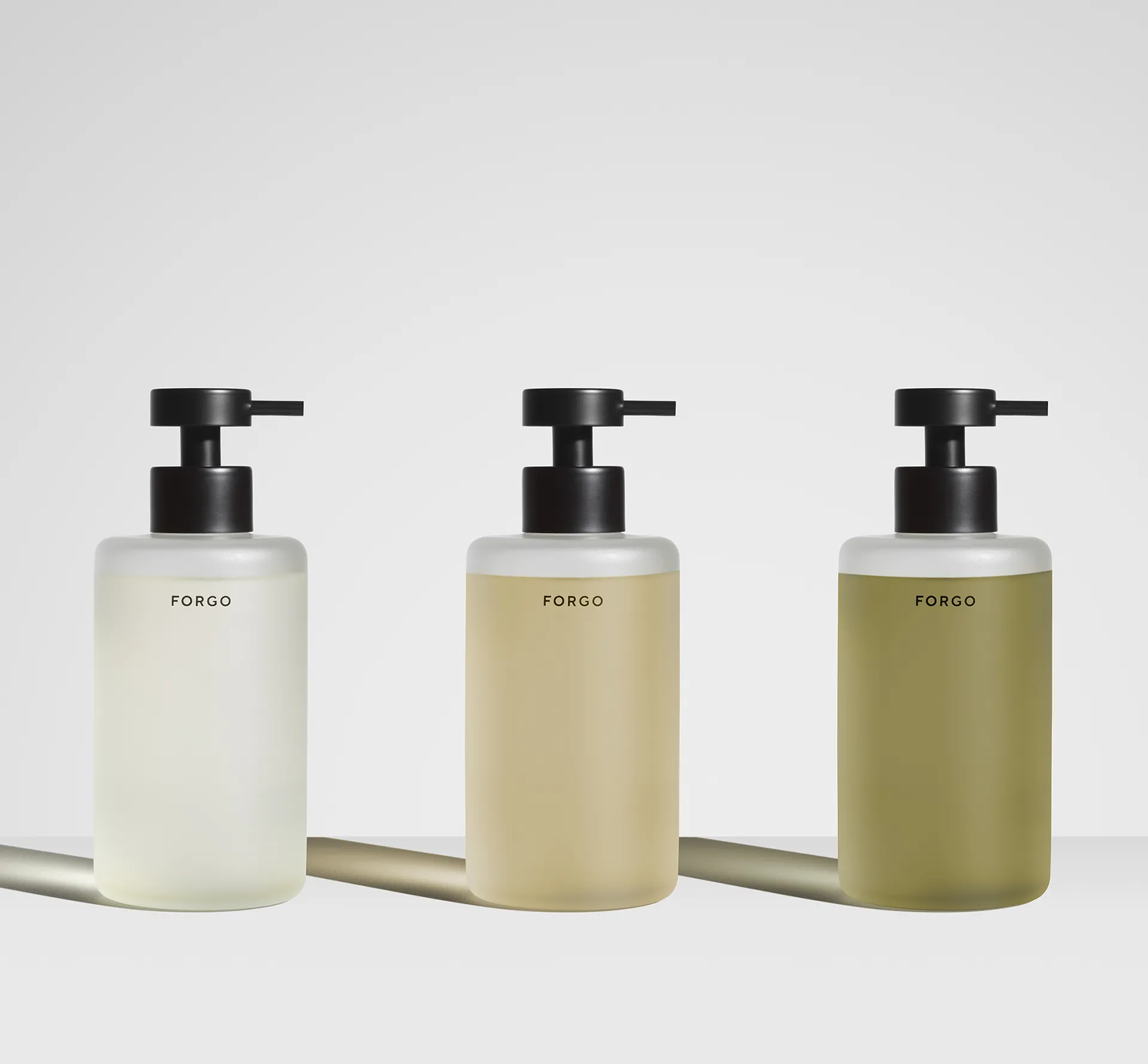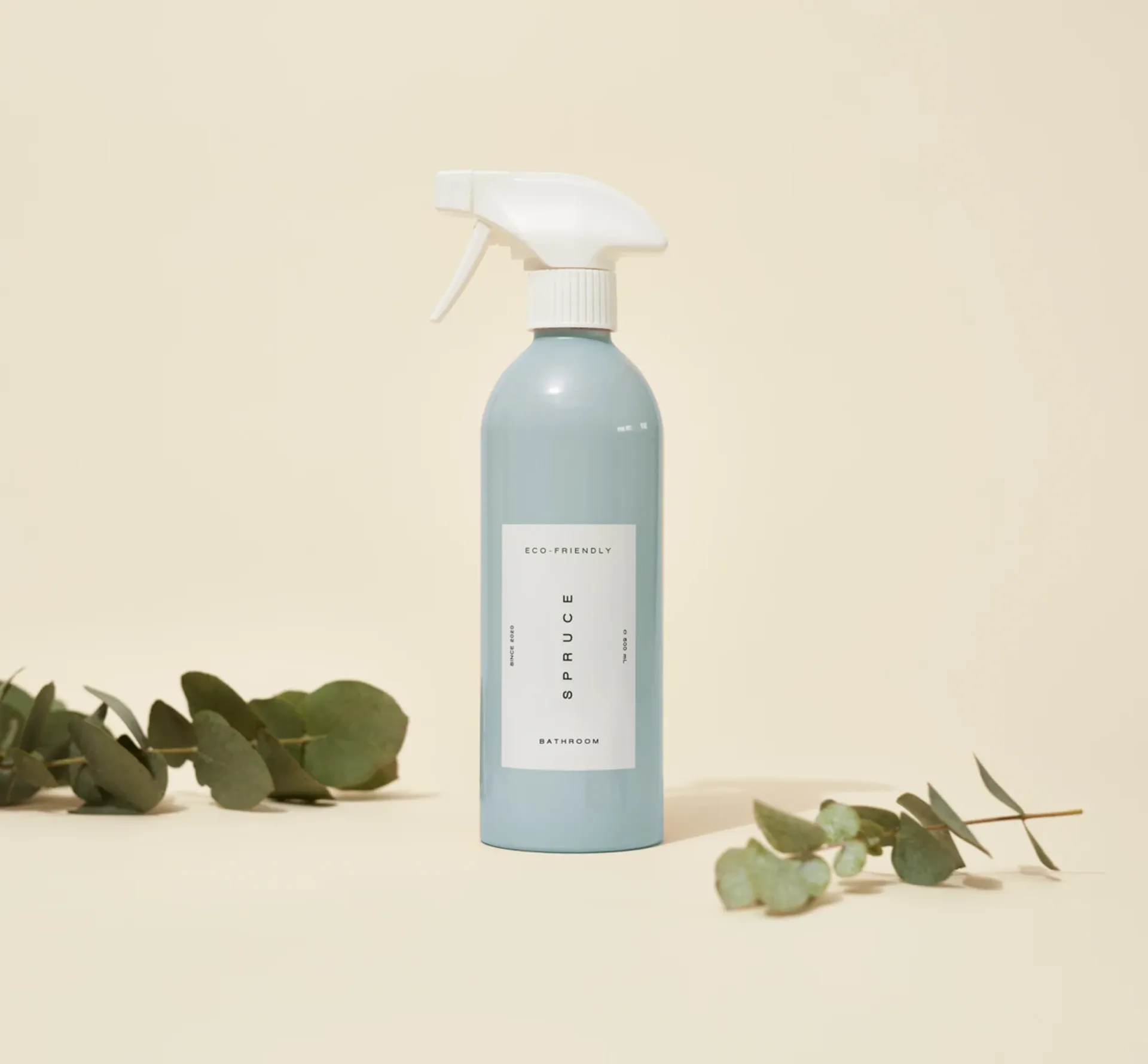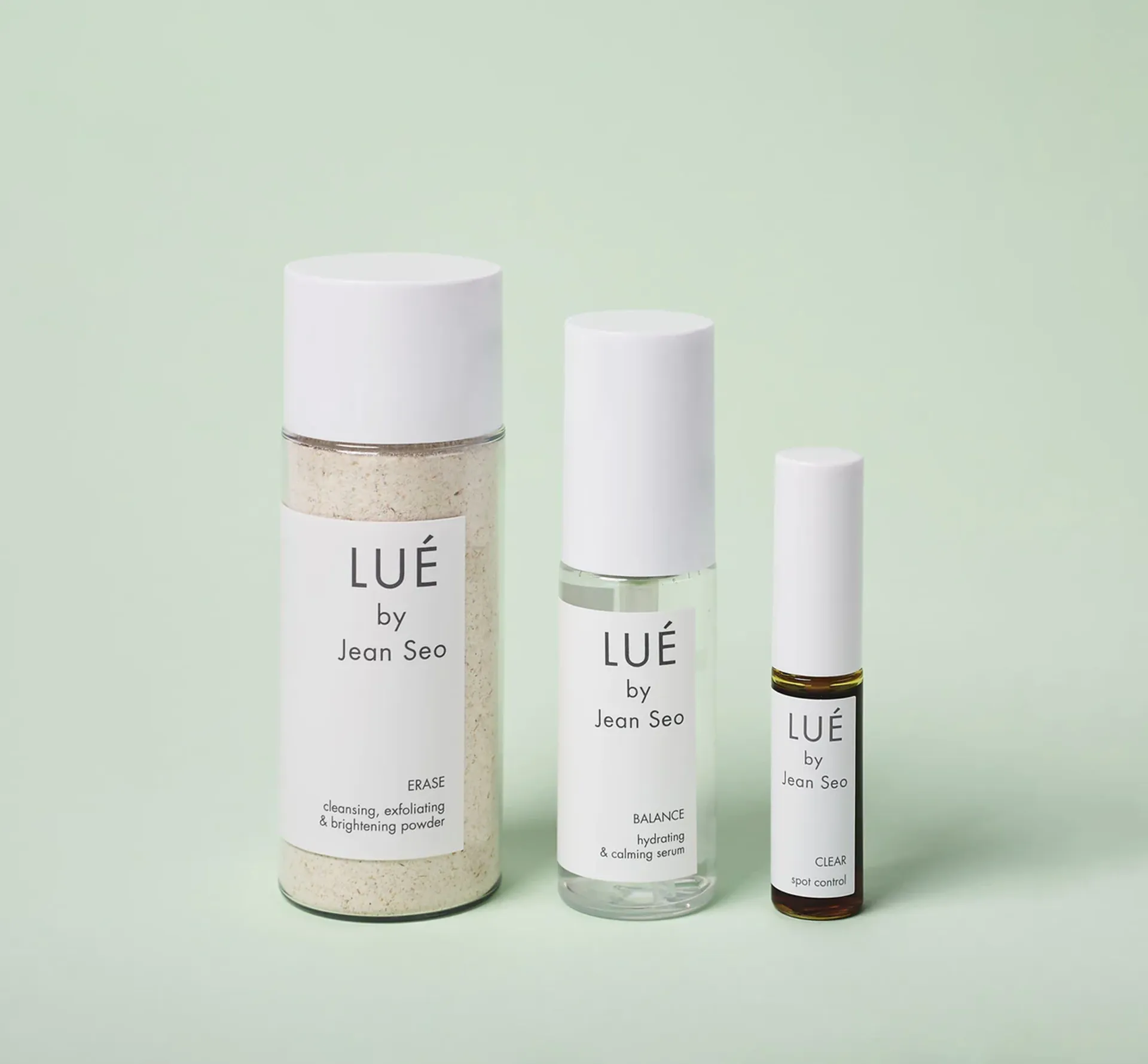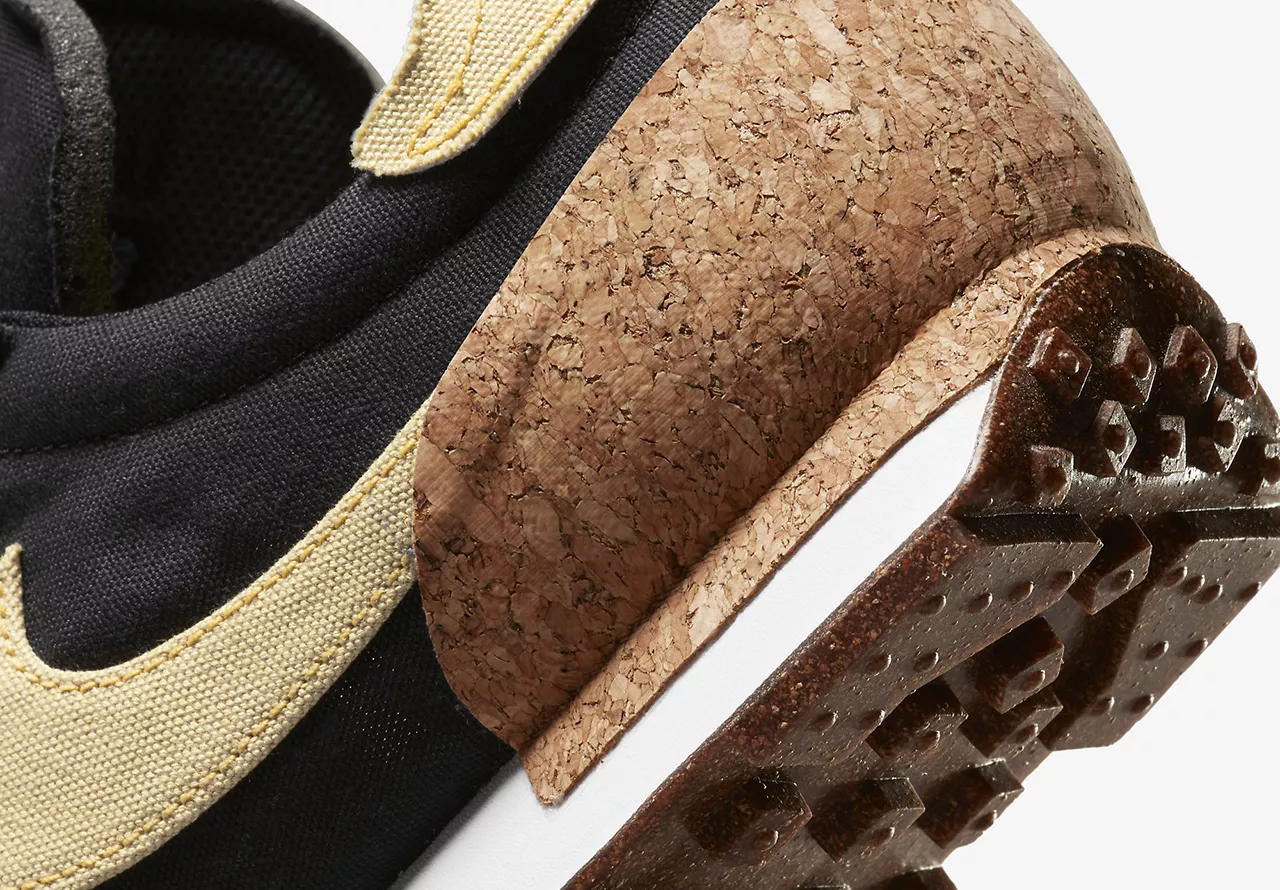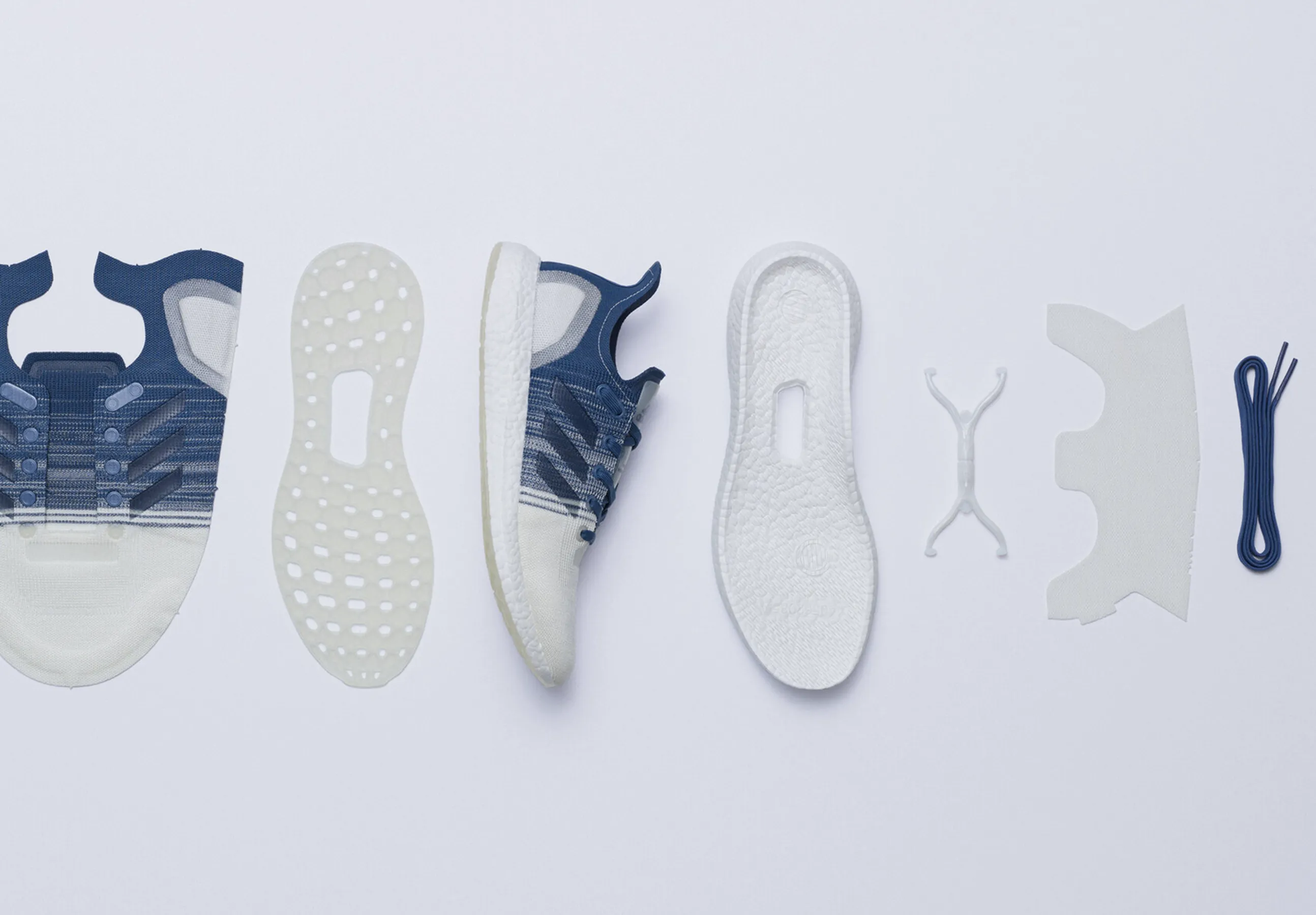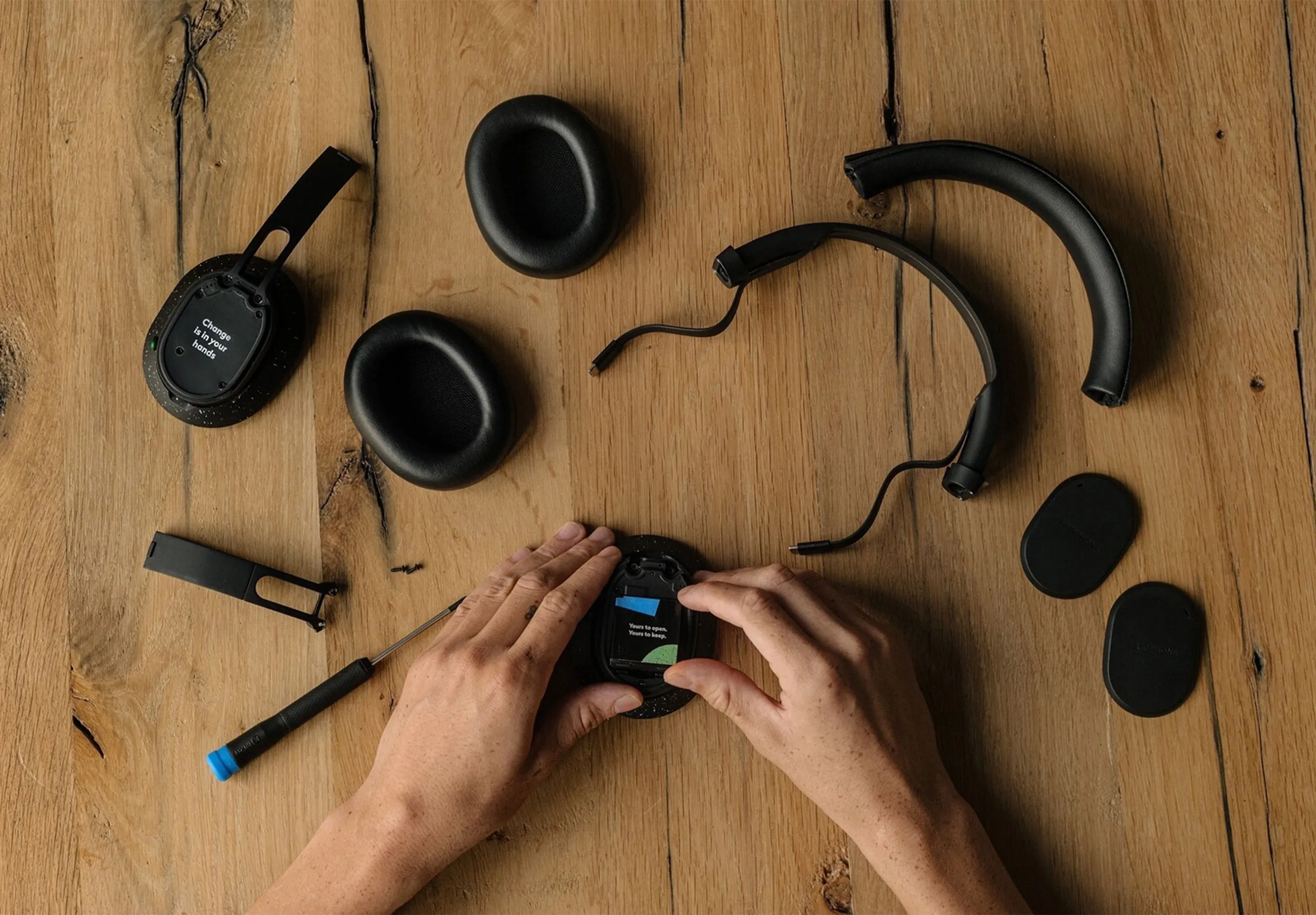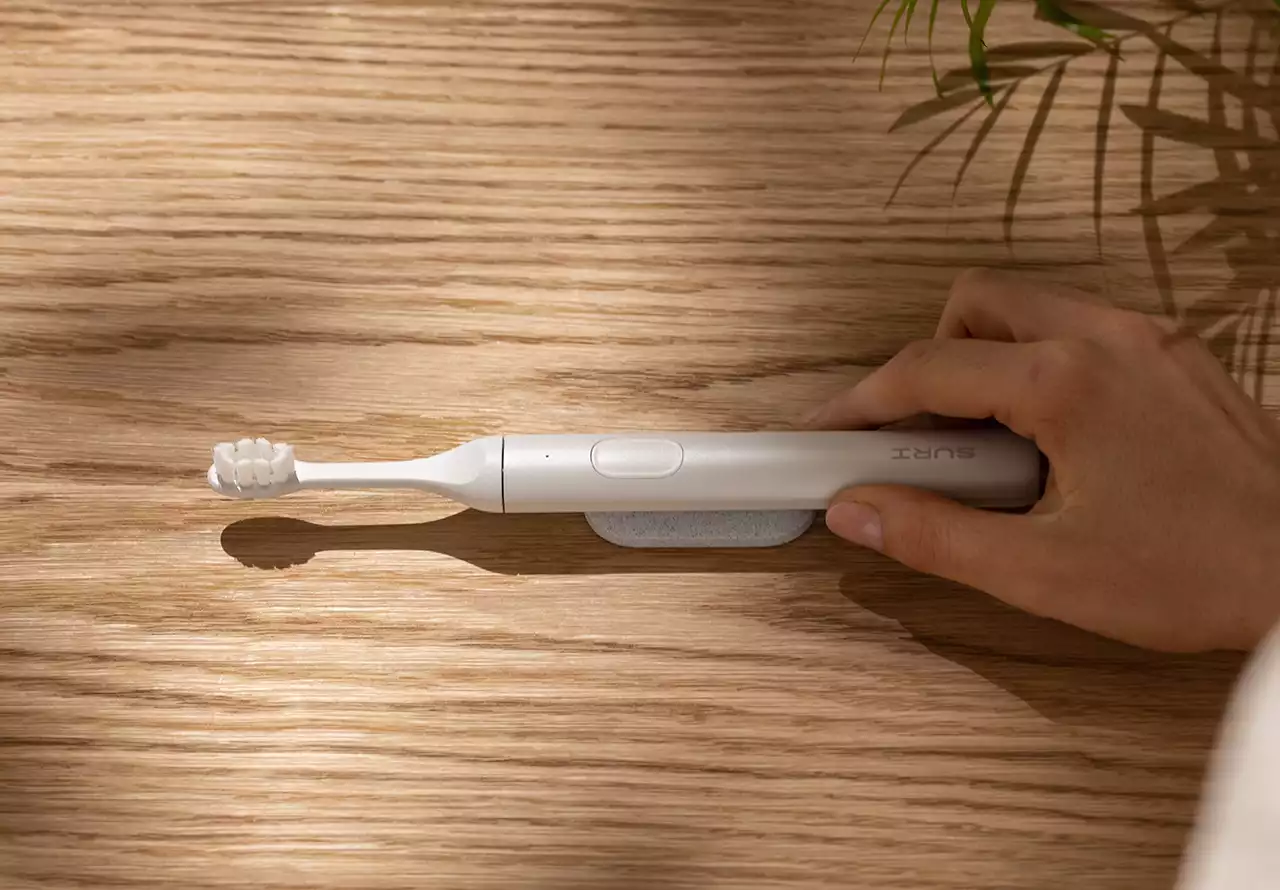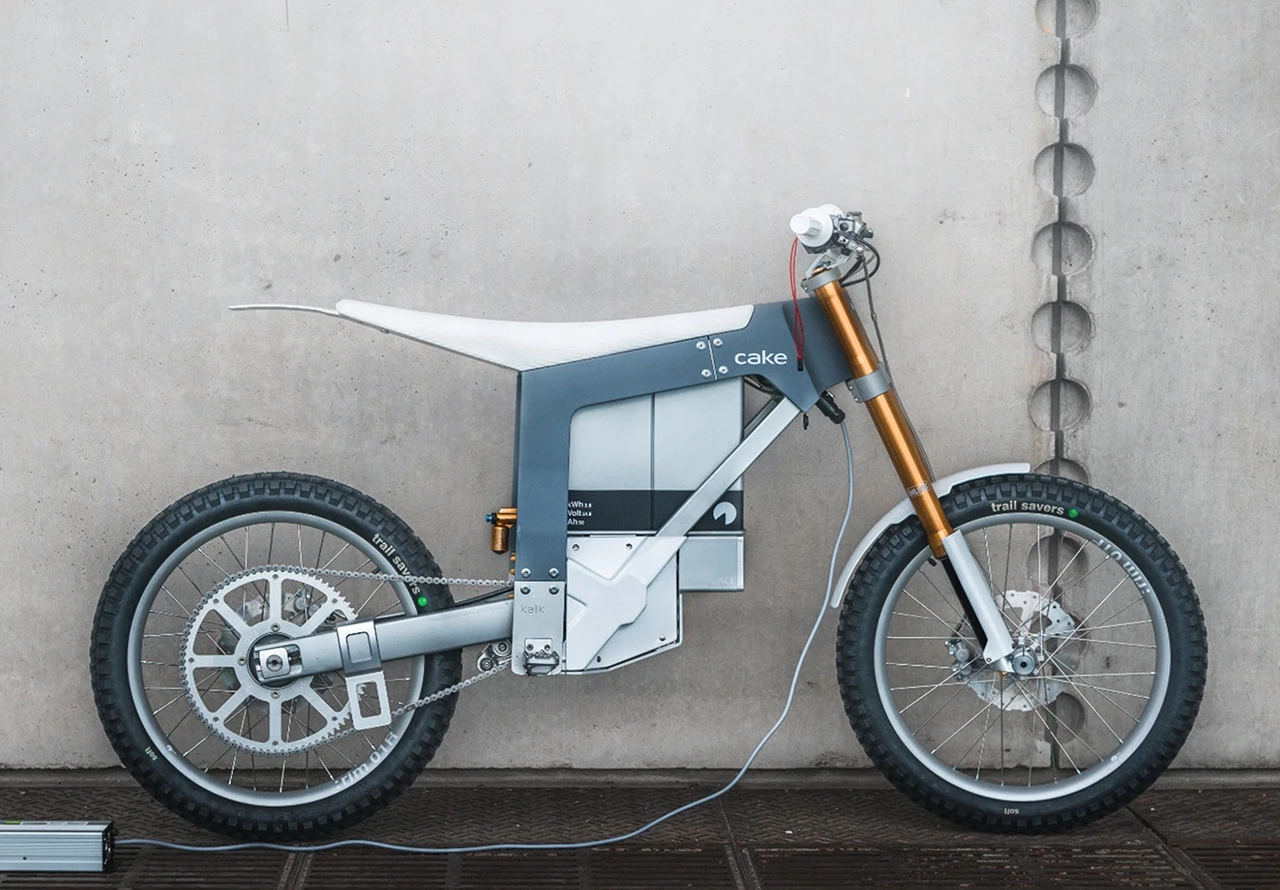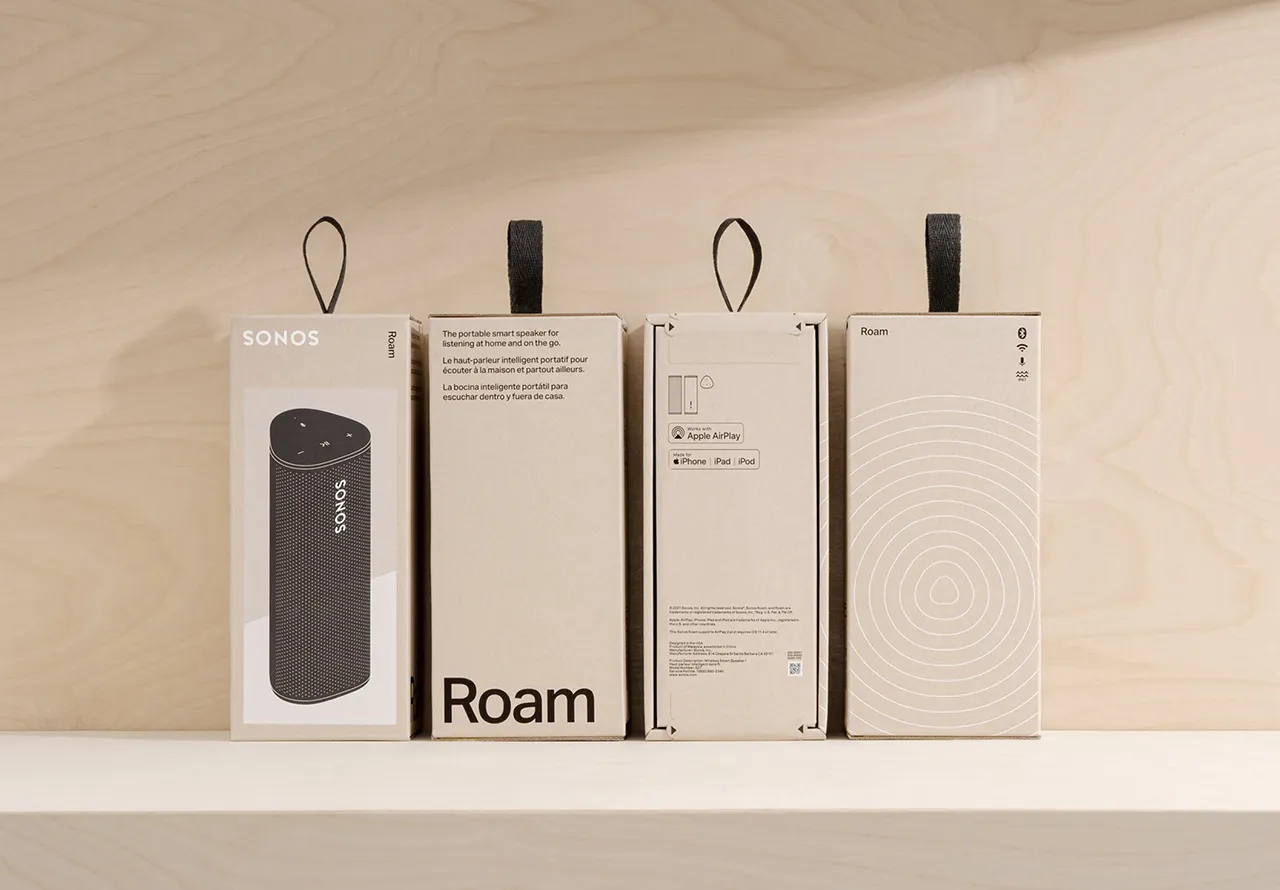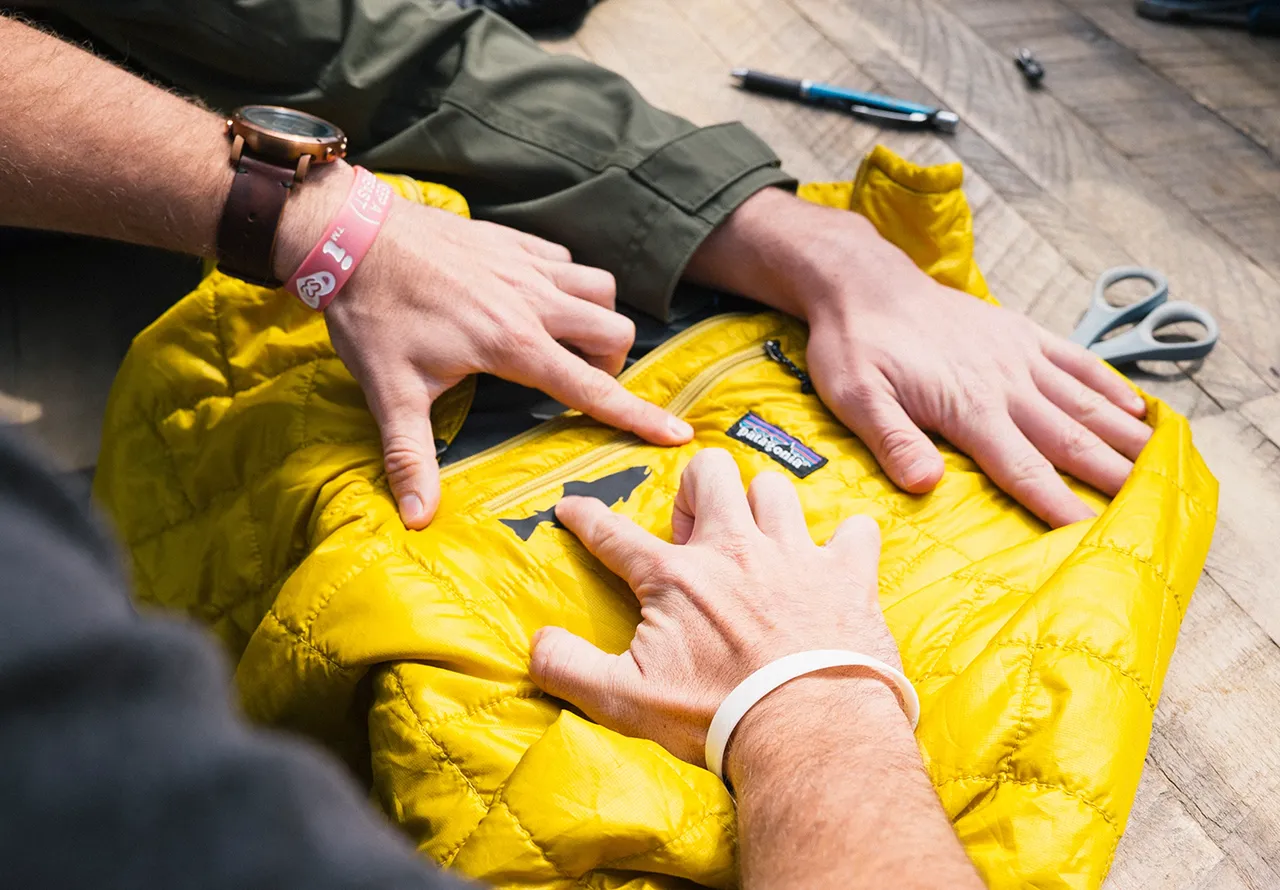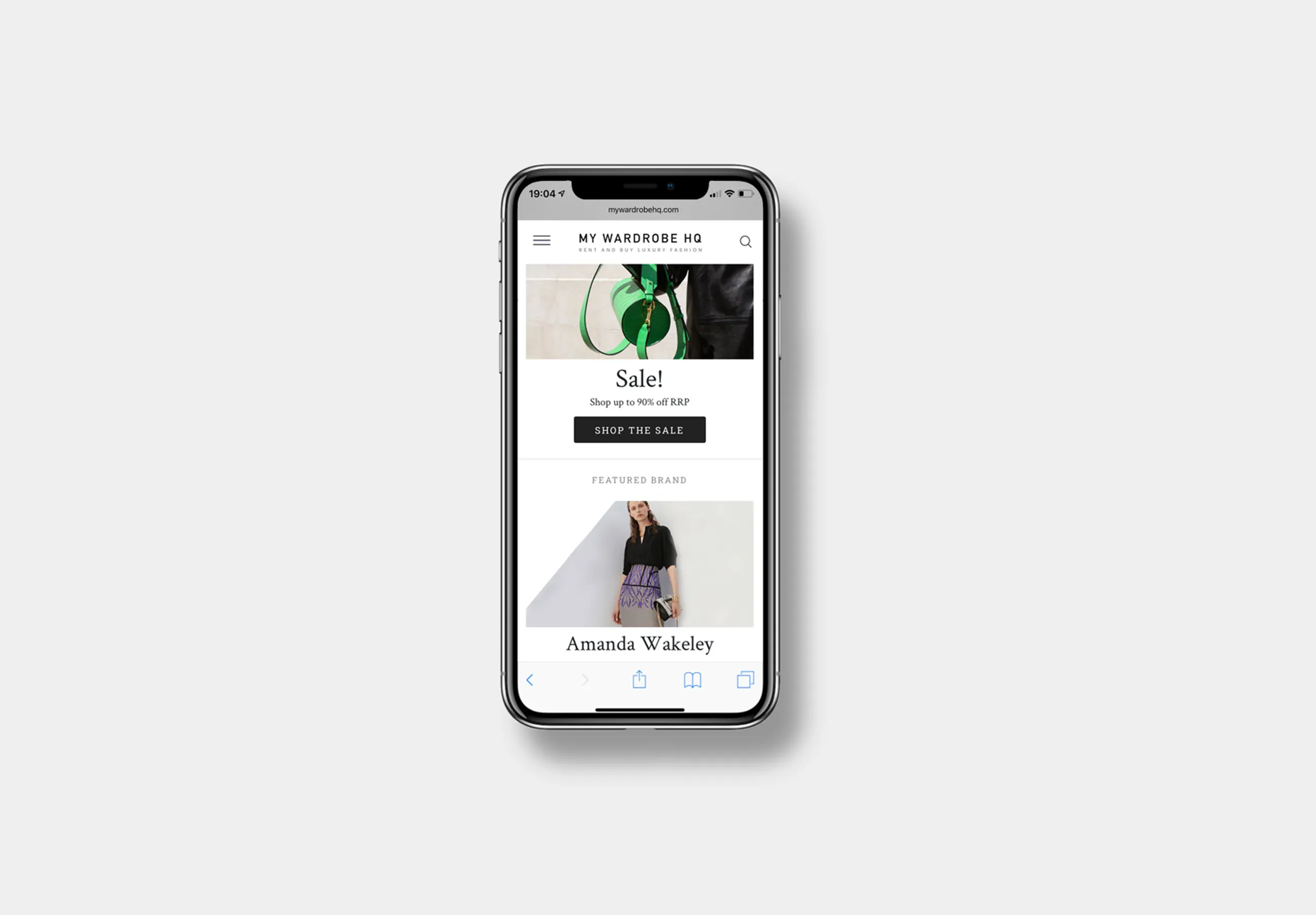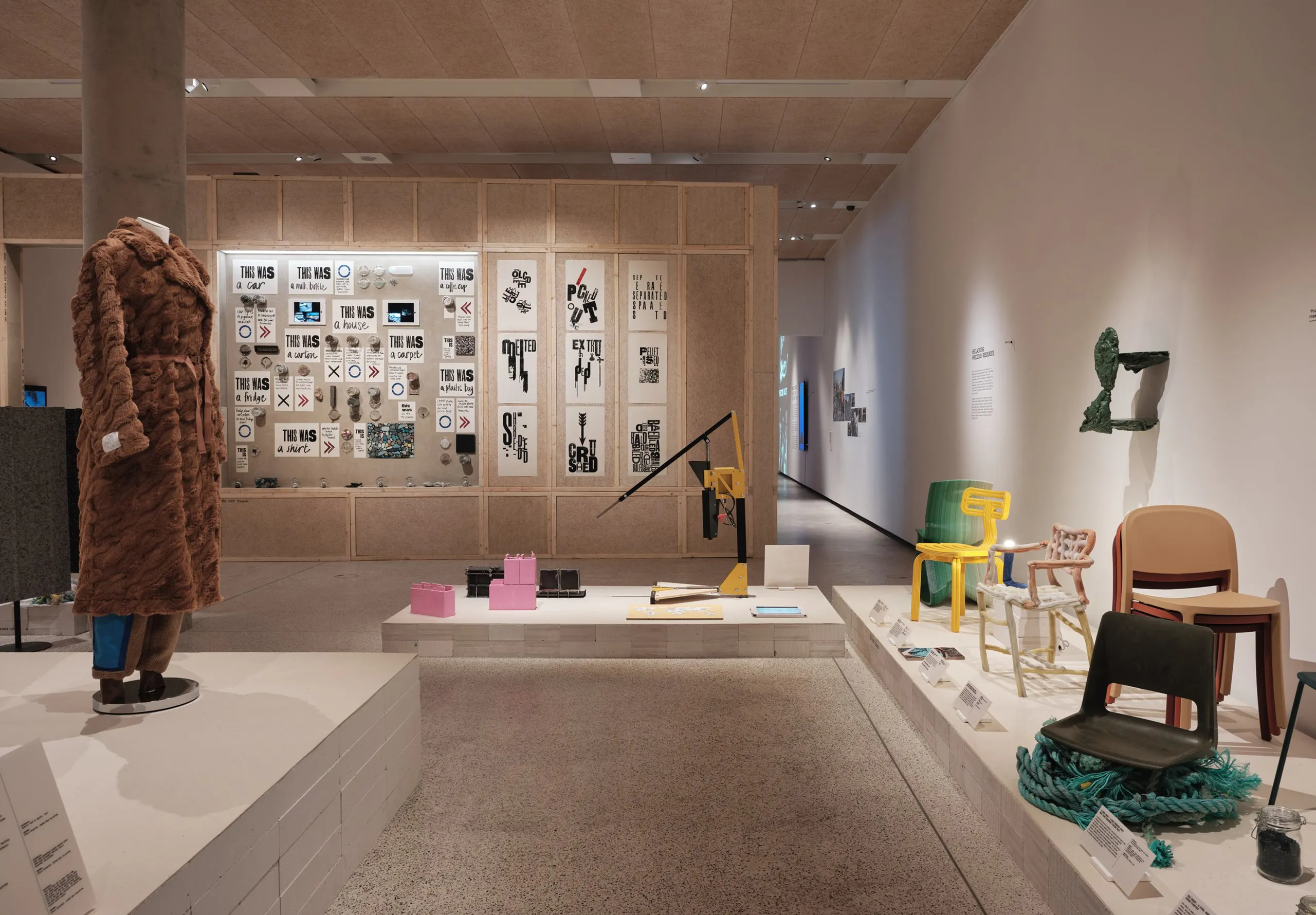Water, the diminishing natural capital
Hello and welcome to Reset.
In this piece we explore ‘water’, and what the push to design for the planet’s natural capital will mean for brands and innovation.
(5 minute read)
Short on time? Use these links
How can we continue to generate profit in a world that extracts vast amounts of limited resources?
The maths:
> 100 billion tons of natural resources are extracted annually
> 70 billion tons of waste is created at the same time
Financially it doesn’t make sense, ethically and environmentally it’s a disaster.
So, why now?
Why is natural capital only just becoming the central focus of design and innovation briefs?
As we aim to accelerate our uptake of the circular economy and shift from traditional and unsustainable linear take>make>waste we need to focus on some of the biggest culprits for depletion of the natural economy, as well as looking at the solutions.
Water, the world’s most fundamental natural capital is sadly under the greatest threat.
The earth is covered by 70% water. Only 2.5% of that is freshwater that we can consume and use…
Whilst almost one-fifth of the world’s population is at some form of risk of water scarcity, our wetlands are disappearing three times faster than our forests, yet they store twice as much carbon.
Adopting a systemic approach to renewing commercially damaged wastewater is of paramount importance.
We need to move to more sustainable solutions that damage less of the critical 2.5% in the first place.
Thankfully, many within the industries making the most damage are working hard to change the way we use their products.
Water and the beauty industry
After agriculture, it’s the beauty industry that has the highest water usage. Cosmetics rely on the critical 2.5% of fresh water in their production.
Waterless solutions are now becoming more prevalent within the beauty and cosmetics industries, quickly becoming the go to solution for brands looking to innovate and target Gen Z.
It’s the start of a win all round: reduced water usage, reduced costs due to formulation changes, smaller format packs reduce shipping costs, the potential of a ‘last for ever’ premium design language and the huge appeal of sustainable innovation to an ethically minded consumer target.
Waterless solutions created by companies like TRUE, are championing a new carbon measure of a water footprint. A method for ensuring fair, sustainable, and efficient use of freshwater worldwide.
Just add water
Concentrates bring new experiential formulation opportunities.
Powders, pastes, gels, bars and gummies each offer new creative and sensorial opportunities.
They also offer new pack design opportunities. The smaller packs offer great commercial shipping advantages for brands, but whilst we transition to a wholesale shift towards concentrates, consumer expectation needs to be managed as the smaller pack volume may be perceived to be poor value for money in some categories.
Spruce, Smol, and Ocean Saver showcase a ‘mix at home model’. Customers add the required water to the product, saving fuel and transportation costs through manufacturing and delivery.
Although these methods still require water, they are reducing carbon emissions through the transportation process and the perpetual re-use of the original pack in some cases, resulting in a lesser environmental impact than the prefilled cleaning solutions.
So, what’s the fix?
A problem with such global impact needs a systemic rethink and a culture reset, which is of course is not quick.
There are however exciting signals that offer potential for impact reduction through circular innovation and experience design potential.
From a consumer’s perspective, the beauty industry is famous for formulation innovation, so a shift to a sustainable innovation should be ‘water off a duck’s back’ for them.
Offering consumers radical new sustainable formats is pushing on a very premium open door.
Perhaps a bigger challenge for the household cleaning sector is overcoming a mass market where value is measured differently.
Convenience and conservative familiarity are the inertia points here. So let’s understand these barriers and concerns to allow us to develop new value propositions that deliver impact at real scale.
What part can we play?
It’s up to people like us as designers and brand owners to understand and address the economic decisions and impact of overproduction and overconsumption within the design of each and every new product.
We need to be brave when looking at how our businesses are run, and the part we play in the production of everything we make, and it’s not just about the planet.
Brands with the strongest circular strategies are developing transformative business models.

